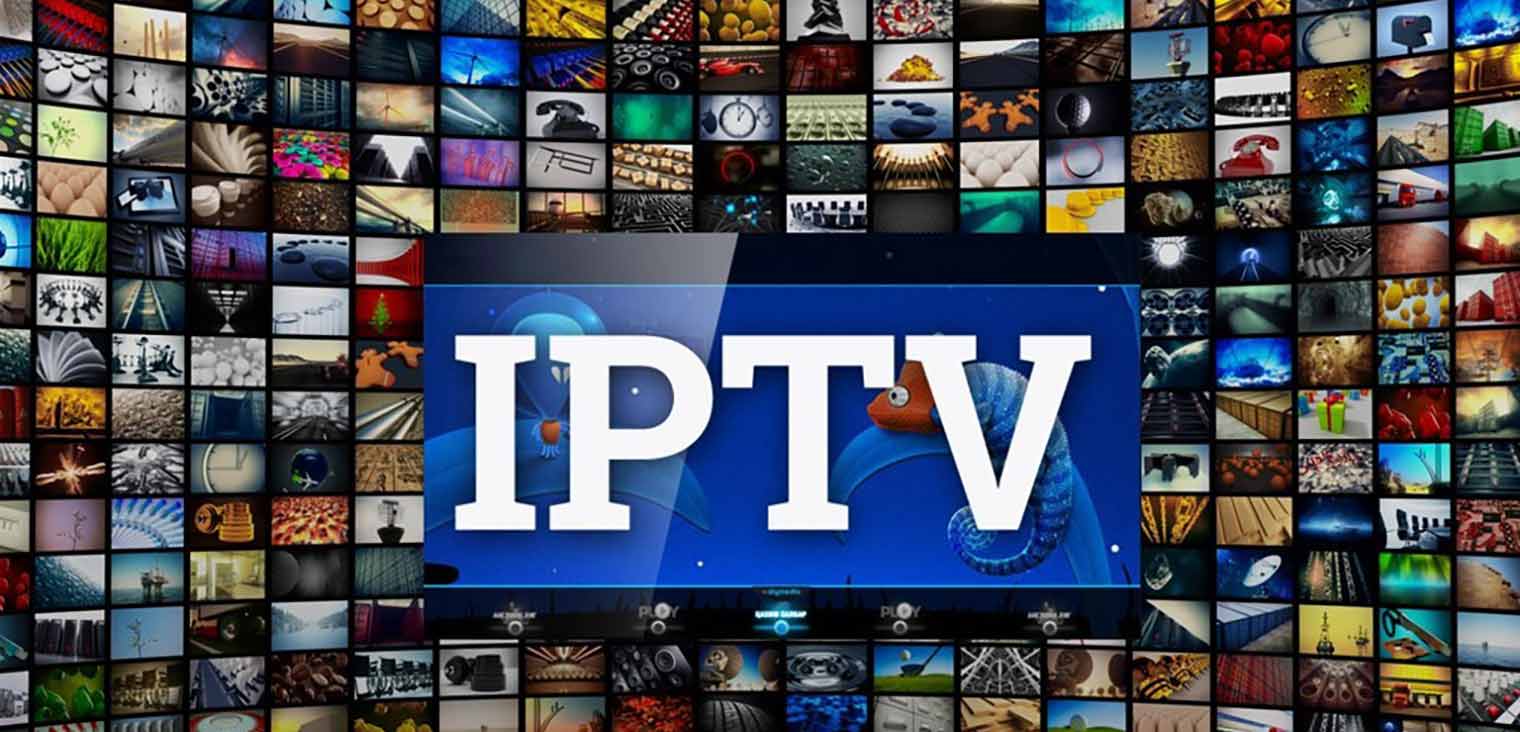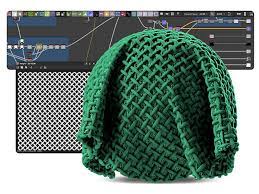IPTV technology uses sophisticated digital protocols to transmit television content directly to screens through internet connections. The process begins when content providers encode video signals into data packets that travel across high-speed networks to reach viewers’ devices. This internet-based delivery system creates a direct pathway from content servers to your television, computer, or mobile device, bypassing traditional broadcasting infrastructure entirely.
The expanding reach of iptv uk benefits showcases how this technology leverages broadband networks to deliver crystal-clear programming. Unlike conventional broadcasting methods, IPTV converts shows, movies, and live events into digital data that flows through the same infrastructure carrying websites and emails, making it an efficient content delivery solution for modern viewers.
Data streams at work
IPTV systems operate through a complex server network that stores and distributes content on demand. When a viewer selects a program, the system retrieves the requested data from these servers and sends it to the user’s device through the internet. This process happens almost instantaneously, creating a seamless viewing experience similar to traditional television. The technology relies on data compression to transmit high-quality video efficiently over internet connections. This technical foundation allows IPTV providers to offer extensive content libraries without requiring specialized hardware beyond standard internet equipment.
Pixels in motion
The IPTV content follows a precise path from storage servers to your living room display. This process involves multiple stages that work together to create the viewing experience.
- Content acquisition– Programs are obtained from various sources, including networks, studios, and independent creators
- Digital encoding– Raw video is converted into compressed digital formats suitable for internet transmission
- Content management– Programs are catalogued, metadata is added, and streaming quality options are prepared
- Content distribution- Servers deliver the requested programs through content delivery networks
Each step in this chain contributes to the overall quality and reliability of the service, with modern systems optimizing every aspect of performance.
Stay on the lookout
- IPTV services typically offer three primary content delivery methods that cater to different viewing preferences. Live television broadcasts operate similarly to traditional TV, streaming programs as they air. This option remains popular for sports, news, and special events where watching in real-time matters.
- Video on demand (VOD) functions like a digital library, allowing viewers to select and watch programs whenever convenient. This flexibility eliminates scheduling constraints and enables binge-watching entire series or leisurely exploring content categories.
- Time-shifted media represents a hybrid approach, recording live programs automatically for later viewing. This feature allows viewers to watch shows shortly after their original broadcast without setting up separate recording devices or managing storage space.
Device freedom
One of IPTV’s greatest strengths is its adaptability across different viewing platforms. The technology works seamlessly with various devices, including smart TVS, streaming boxes, computers, tablets, and smartphones. This versatility enables viewers to access content in their homes or while travelling.
- Smart TVs with internet connectivity can run IPTV apps directly
- Streaming devices like Roku, Amazon Fire Stick, or Apple TV support IPTV services
- Game consoles provide another convenient platform for IPTV viewing
- Computer browsers offer full access to IPTV content libraries
- Mobile apps extend viewing capabilities to portable devices
Interactive features represent another frontier in IPTV development, allowing viewers to participate in programs, access additional information, or customize their viewing experience. This interactivity transforms passive watching into a more engaging activity that responds to viewer input and preferences.



